Mandalams are the various ways of standing in Mohiniyattam based on postures of legs.
In ancient India, Vedas were considered the religious scriptures of Hindus that emancipated humans from worldly attachments by providing the superior and spiritual knowledge. The four vedas the Rigveda, the Yajurveda, the Samaveda and the Atharvaveda, written in Sanskrit, comprised texts on rituals and ceremonies. However, in the caste-ridden India, the Vedas were not accessible to everyone.
Natyashastra (Natyasastra), on the other hand, was considered the fifth Veda and was accessible to all irrespective of caste and creed. Widely believed to be written around 500 BCE, Natyashastra is the ancient treatise of India that comprehensively elicits the techniques and aesthetics of performing arts. It is a seminal work by the author, Bharata Muni, who may have carefully observed the musical, theatre and dance traditions of his period and documented the techniques in his masterpiece.
Among the various styles described in Natyashastra, Mohiniyattam belongs to the Kaisiki type – the graceful style of dancing. Consisting, as it does, of gentle angahara-s and belonging to the lasya style, which is feminine, tender and graceful, the Kaisiki style is most appropriate for the exhibition of erotic sentiment. It is often said that the movements of the limbs and body of danseuse of Mohiniyattam should be gentle and graceful like the waves in a calm sea or the swaying of the paddy plants in the field under the influence of a breeze. In this article, we explore some of the basic postures and movements of Mohiniyattam.
Positions and movements
In Mohiniyattam, there are five classifications of leg postures based on the position of knees. Starting from the upright position these are called Sama Mandalam, Kal Mandalam, Ara Mandalam, Mukkal Mandalam and Muzhu Mandalam.


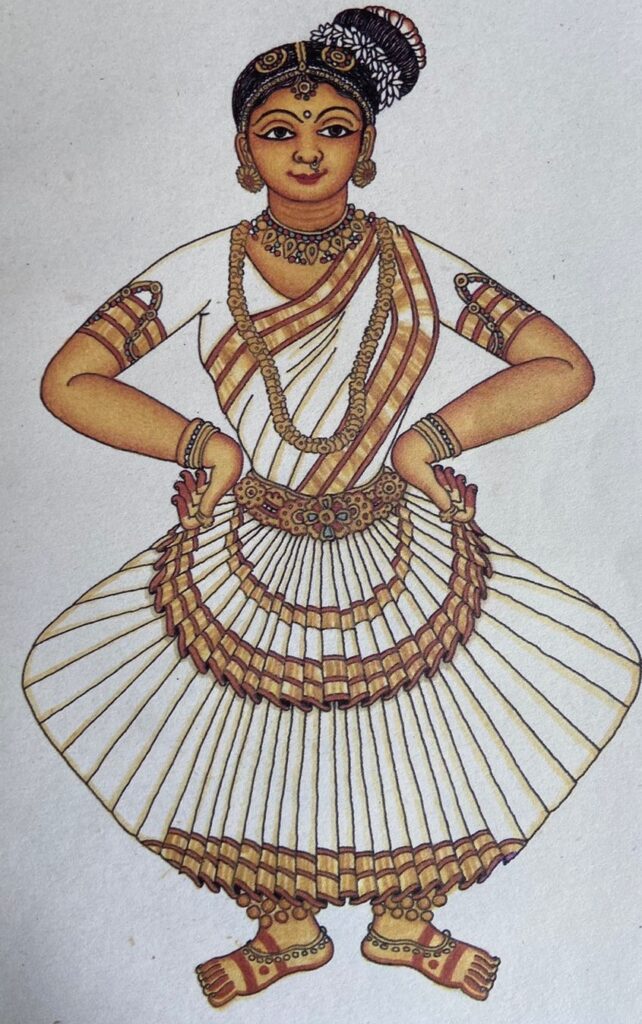
In Sama Mandalam, the dancer stands upright without bending the knees. In Ara Mandalam the dancer sits half-way with a 45-degree angle between the feet. In Muzhu Mandalam, the dancer sits down with the knees bent completely and with only the toes touching the ground. Here, the body weight sits on the heels to produce a squatting position.
Interestingly, in the yogic and tantric practices of Hinduism, mandalas often signify a geometric configuration of symbols typically used during religious rituals or meditation. They are also yantras. The term mandala appears in Rig Veda and are commonly used in vedic rituals.
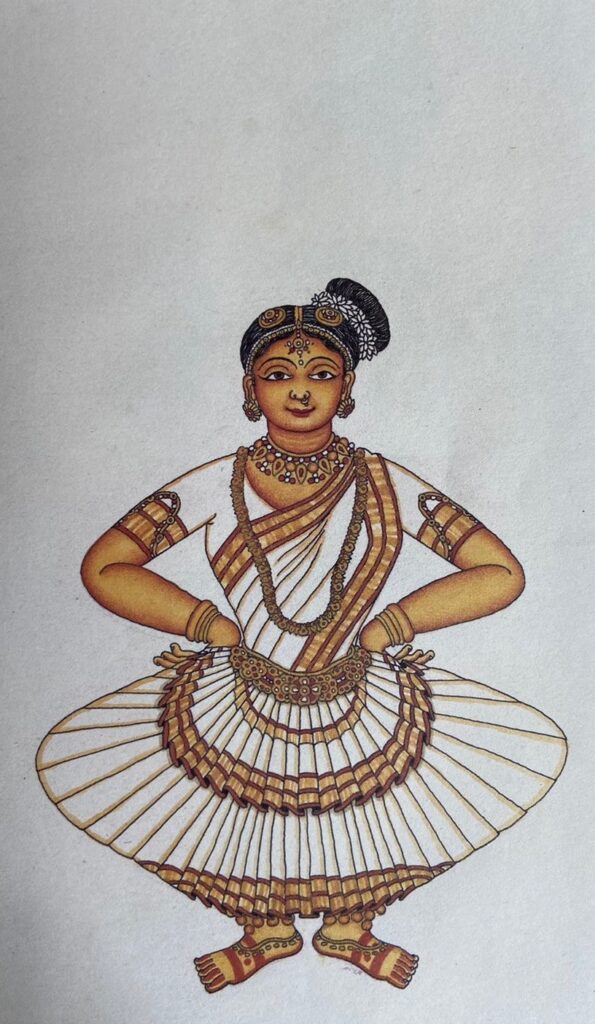
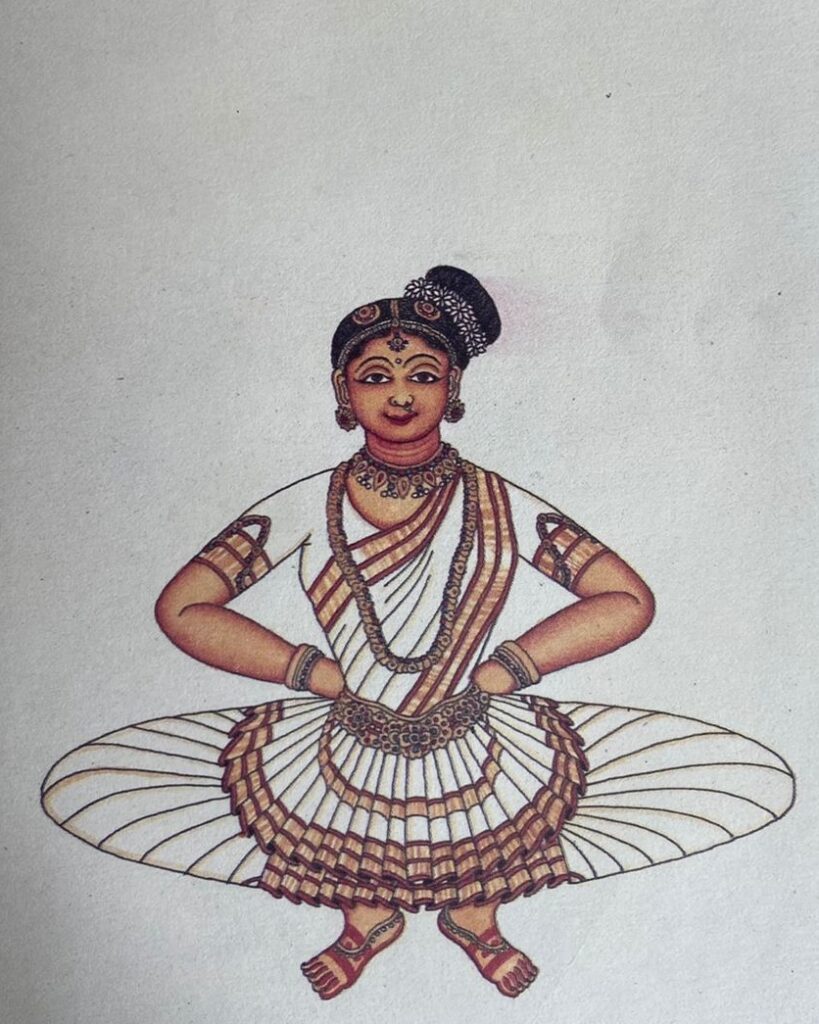
Mural paintings by Mammiyur Krishnankuttty Nair
In these spiritual traditions, mandalas are employed for focusing the attention of the practitioner to a central point for meditation. There are pictorial representations of these yantras in tantric practice of Hinduism. Such yantra-s often have a circle with a central point indicative of the focus point.
Dance and stability
Some parallel interpretations with these can be drawn about the mandalas of Mohiniyattam. The Ara Mandala (and other) positions most commonly adopted by a Mohiniyattam dancer similarly enables the dancer to be in a stable position by lowering the centre of gravity in the body for performance and channelise his/her energy to a focal point.
Adding to the repository of the mandalas and its extended relationship with culture and nature, it is also common knowledge that moon is supposed to occupy the crown position for the faculties of dance and is believed to have five mandala-s. As opposed to the intense light and scorching heat of the Sun, moonlight is portrayed in poetry and literature as having a feminine grace and energy. It is an important idiom often used by Mohiniyattam dance and is believed to intensify the emotional experience of love and parting.
(Assisted by Sreekanth Janardhanan)
Click here for more on the series
Write to us at [email protected]

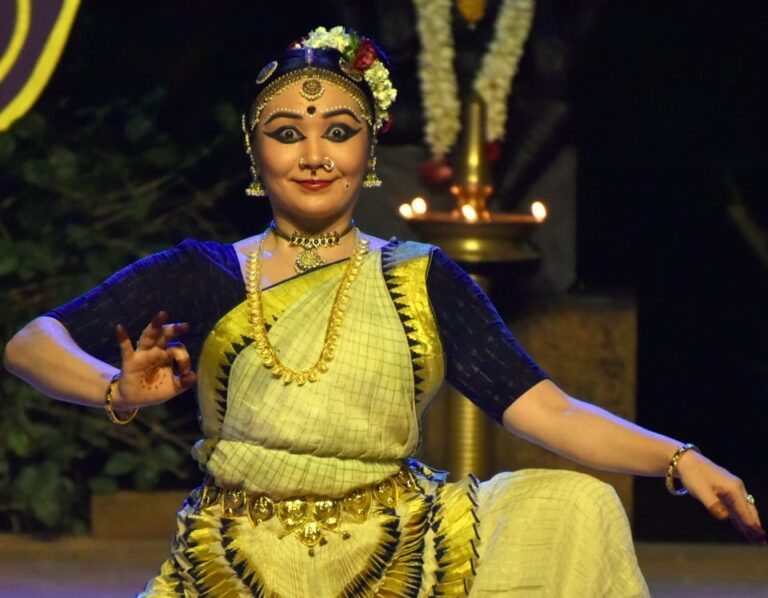
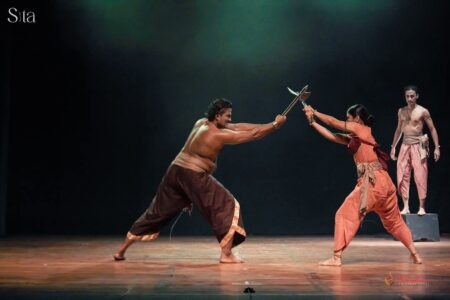
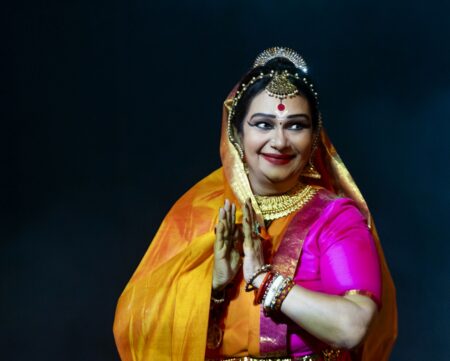
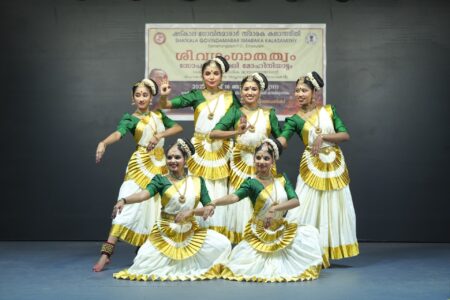
1 Comment
Beautifully written about the Mohiniattam and other dance forms. Very well explained.